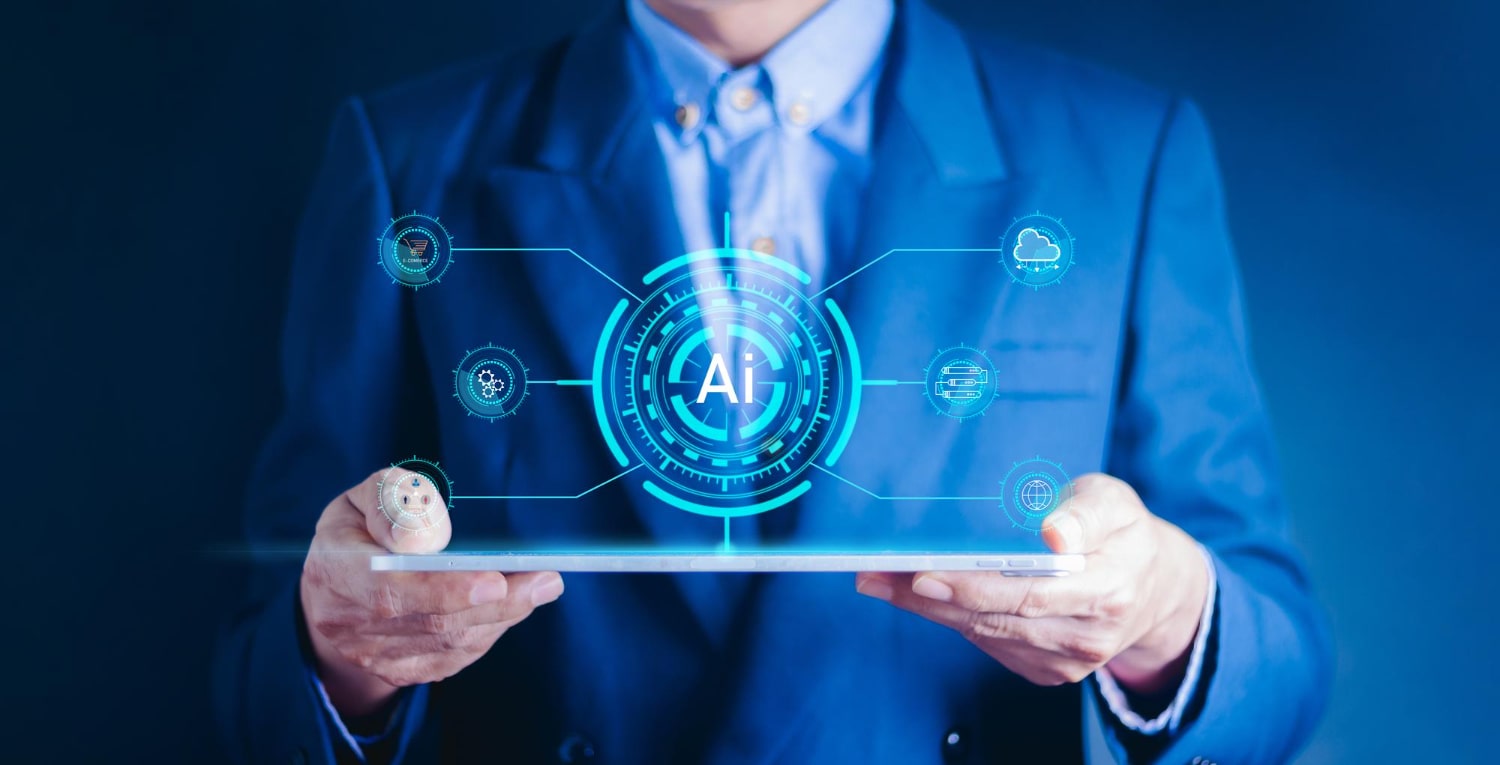Application performance monitoring is the process used by enterprises to monitor the performance of the application that is deployed. The applications are monitored in real-time using logs, metrics, traces, and other such application-specific information. This data is then analyzed to give information such as response time, time that is taken for transaction cycles, error rates, and recovery time, along with resource usage.
This performance monitoring is specific to assets in an enterprise, such as deployed applications but does not cover the system as a whole. Application performance monitoring is adopted by enterprises to ensure applications are performing as per expectations and giving a high level of customer experience. Application performance monitoring is also used to:
- Give insights into problems that are slowing down the system and need to be rectified.
- Provide information for the optimization and improvement of the application.
Limitations of Application Performance Monitoring
Today, solutions offered by enterprises consist of complex systems with intricate interactions. Gone are the days when a single application represented the offering of an enterprise to its customer.
In today's world of high customer demand and expectation, along with technological advances, solutions offered by enterprises are a complex and intricate web of various components and interactions.
Application performance monitoring can collect data on these individual components and their performance-related issues; however, visibility of the system as a whole is not possible. Data collected from various sources has to be manually correlated and analyzed to give some kind of insight into the system as a whole, which is prone to errors.
Performance monitoring systems only provide information on the application itself and not on the performance of other systems that interact with the application.
Observability Is Not the Same as Monitoring – Understanding the Differences
Observability is the capability of an enterprise to monitor the state of a system in its entirety. Using data-driven insights, observability gives an enterprise the ability to understand complex systems and the interactions of various components within the given system.
Observability collects data from various sources, including the data that is generated from performance monitoring systems, and analyzes the same to give data-driven insights into the system. Logs, metric data, and traces are amalgamated into meaningful data, giving an idea of the functioning of the entire system. Patterns and trends can be identified, and hot spot areas of issue occurrence can be detected easily, increasing response times and the effectiveness of technical resolutions.
One of the advantages of adopting observability in an enterprise is that data is presented in a user-friendly manner so that it can be understood and acted upon easily. Observability is advantageous to an enterprise because the data generated and analyzed by the process gives the IT team insight into the:
- Workings of a complex system as a whole
- The interaction and dependencies between various components that make up the entire system
The Key Differences
Scope
Application performance monitoring, as the name suggests, focuses on the performance of a given application. On the other hand, observability is a process of getting a view of an entire system i.e., all running applications within an enterprise along with all the other components that interact with them.
Root Cause Analysis
Application performance monitoring is about reporting the current state of performance of the application rather than the causes that might be affecting the application and its performance. Root cause analysis can only be carried out by the observability process as it encompasses not only the application itself but also the components and dependencies of the system that the application is a part of.
Flexibility
Reporting, as offered by application performance monitoring tools, is pretty much predefined and rigid in its scope while observability processes are more flexible and customizable in the way users can explore and analyze data being collected. This tailored reporting and analysis allows for a far more realistic model of the enterprise and its systems.
Sources and Data Collection
Application performance tools usually use data generated by their monitoring components to provide the analysis and reporting, while observability uses data from various sources such as logs, metrics, and traces generated from across the network by various tools to conduct its analysis and reporting, thus giving a holistic view of the system and its state.
Proactive Versus Reactive
Application monitoring is more about reacting to alerts generated after events have taken place. Observability is about knowing the state of the system in real-time and detecting unknown patterns and trends regarding the state of the system before issues become serious.
Tracking User Behavior and Customer Experience
While application performance monitoring focuses on the performance of an application and user interaction within the same said context, observability focuses on the end-to-end user experience across the entire system, providing insights into the state of customer experience and satisfaction.
Application Performance Monitoring Is Part of Observability
Application performance monitoring and observability are both important practices for ensuring the performance and reliability of complex software systems. As we've seen, application performance monitoring provides valuable data on the performance of individual components, but it has limitations in terms of providing a holistic view of the entire system.
Observability, on the other hand, enables organizations to gain visibility into the entire system and its interactions, allowing for proactive detection of issues and root cause analysis. By adopting observability practices, organizations can gain deeper insights into the workings of their complex systems, identify areas of improvement, and ultimately improve the user experience and customer satisfaction.
Contact us to learn more.














